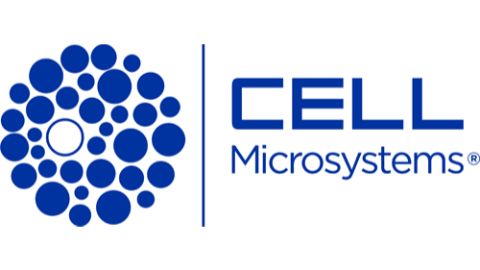Complete alignment identification of CRISPR-Cas9 genomic off-targets using Edit-R CRISPR specificity tool and a comprehensive analysis of positional mismatch tolerance

The CRISPR-Cas9 system has the potential to advance basic and applied research; however, specificity of RNA-directed DNA cleavage events is not yet completely understood and can hamper its wider application. New findings on off-target effects and their determinants are being reported frequently. Recent work has demonstrated gene editing by CRISPR RNAs (crRNAs) containing bulges of up to 4 nucleotides, but existing design tools are unable to detect putative off-targets based on gapped alignments. We present the Dharmacon™ Edit-R™ CRISPR specificity tool, a simple web tool that leverages well-characterized alignment optimization techniques to perform rapid, customizable, and complete crRNA specificity checking including gap detection. The Edit-R CRISPR specificity tool is freely accessible dharmacon.gelifesciences.com/tools-and-calculators/crispr-specificity-tool In addition, we have comprehensively evaluated positional off-targeting propensities of the CRISPR system using a three-component platform of Cas9, synthetic crRNAs, and synthetic tracrRNA. We executed a systematic positional screen of crRNAs containing two nucleotide mismatches to the DNA target for two functional crRNAs. The application of a high-throughput reporter assay that directly measures functional activity of a central cellular process (ubiquitin-proteasome activity), allowed measurement of the relative cleavage activity of all disruptive two-mismatch combinations for each crRNA (190 combinations per sequence or 380 total), regardless of the need for the off-target target region to naturally occur in the genome adjacent to a PAM. Our results demonstrate that while off-targeting does occur in the presence of two mismatches between the crRNA and the target DNA, the overall levels of functional off-targeting are low relative to on-target activity. Analysis of the position of tolerated mismatches further clarifies the mechanism of CRISPR-Cas9 off-targeting as well as provides additional crRNA design rules for mammalian gene editing. These studies demonstrate the simplicity and high-throughput nature of this three-component system for elucidation of CRISPR-Cas9 function and mechanism.





